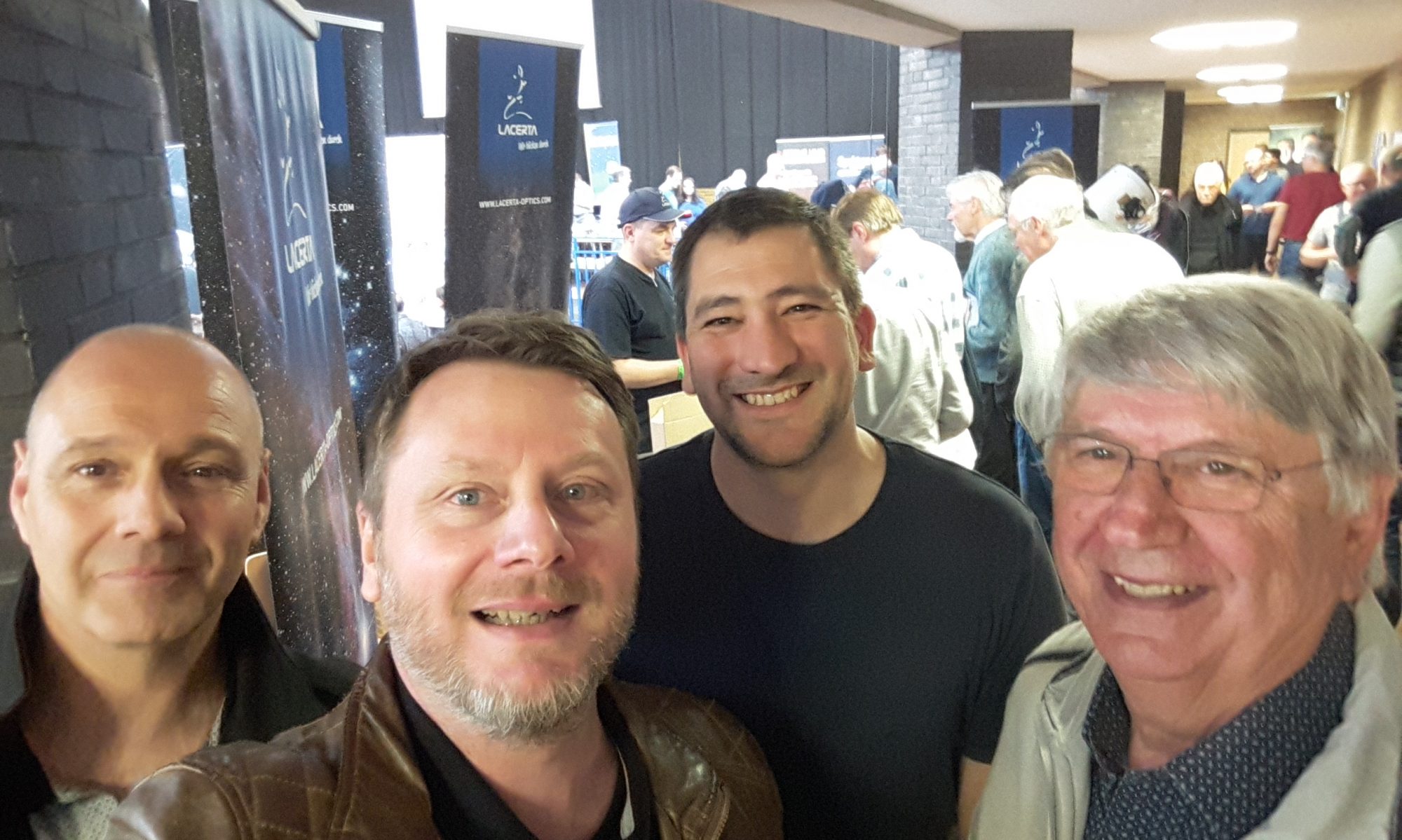Yesterday evening, a large break in the eternal cloud pack allowed at last some more imaging! Perfect for the first light of the ASI183MM and also the new guiding/planetary camera the ASI290MM.
During the imaging session, I could picture the setup before and after the streetlights were switched off…. Imagine the difference!





